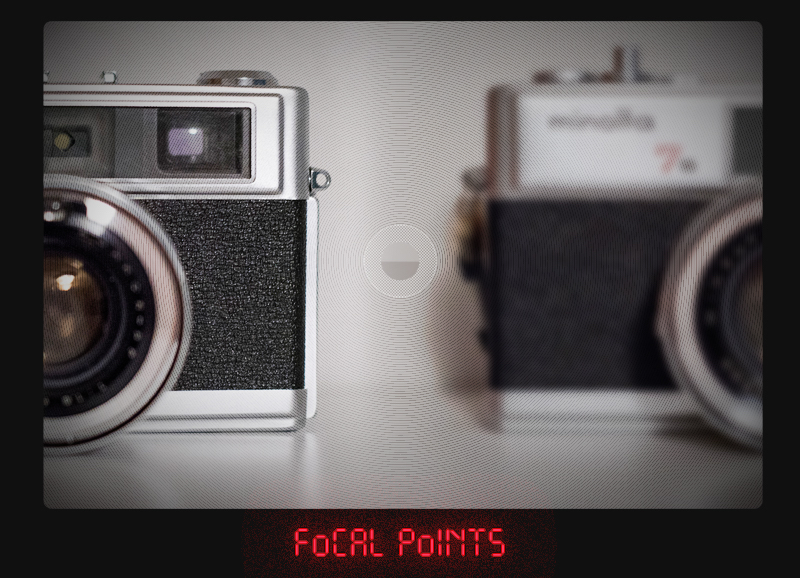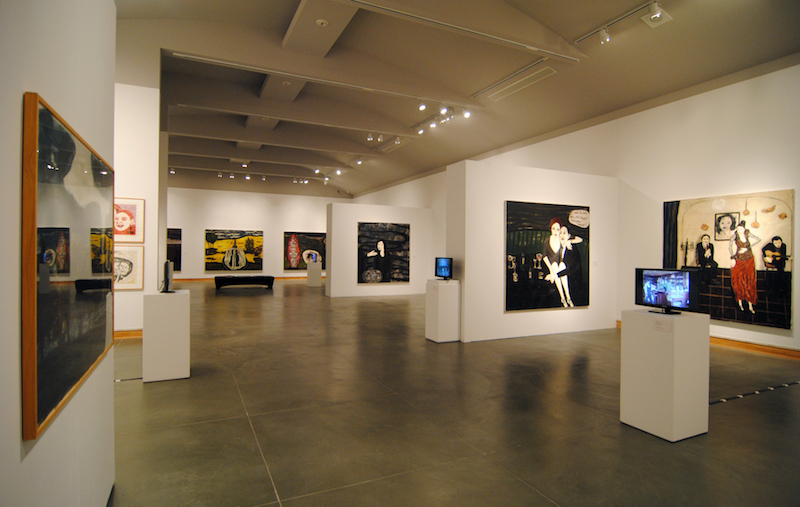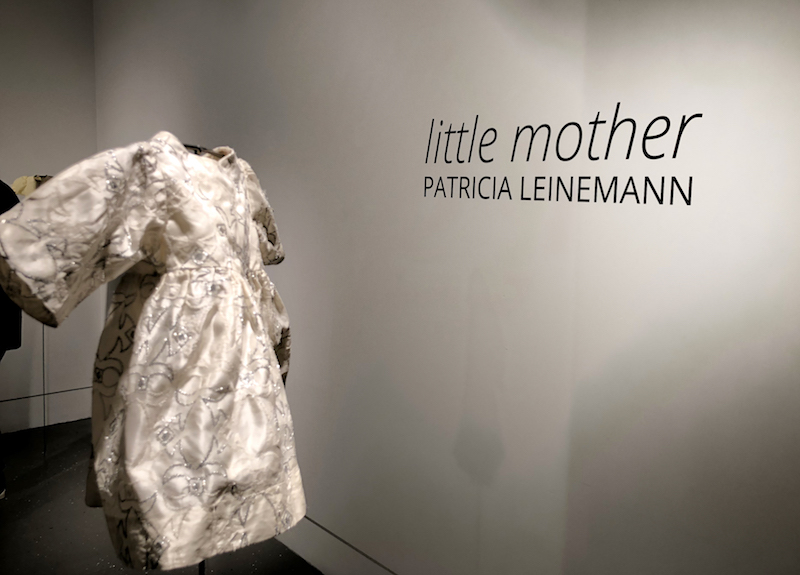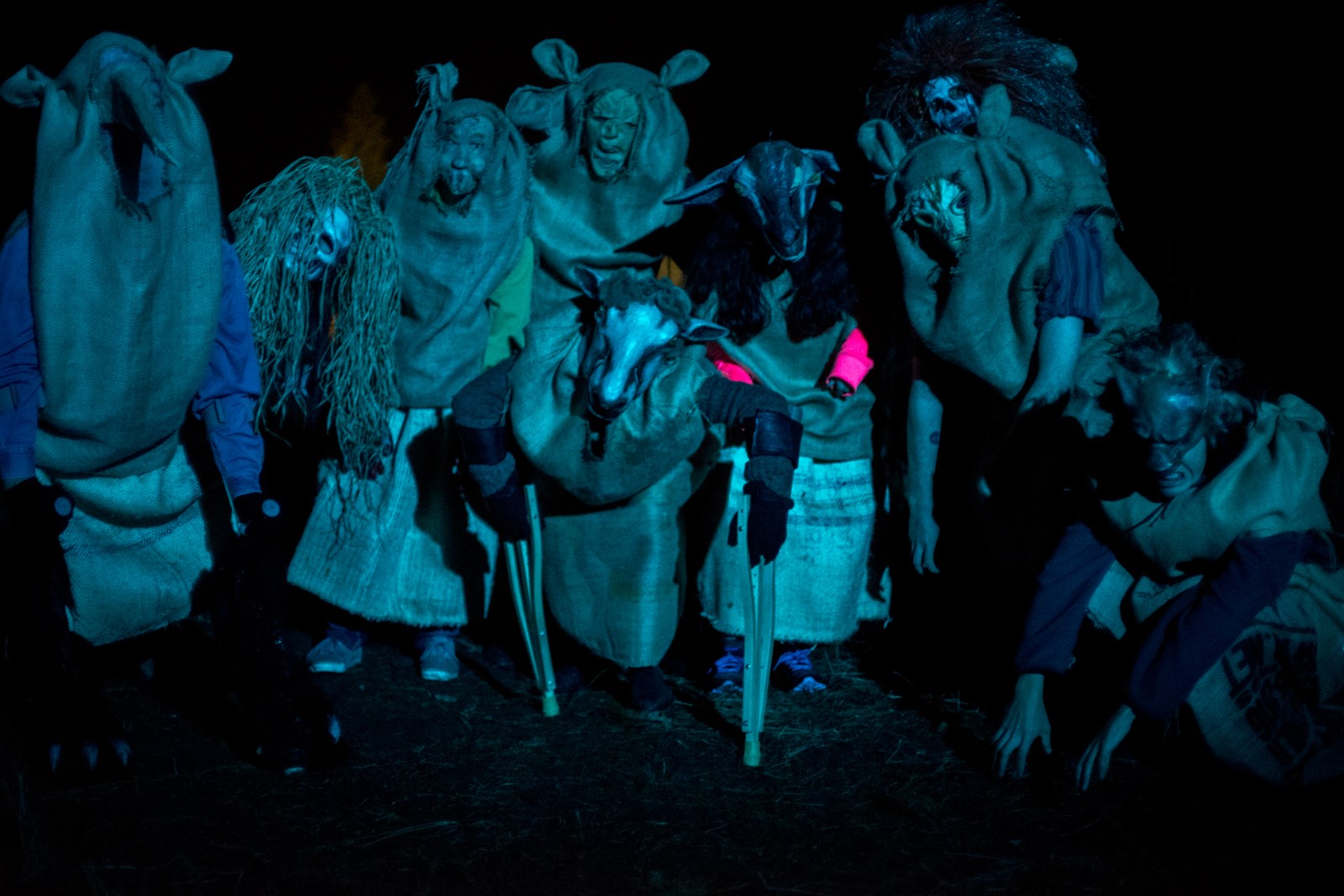I Must Be Streaming – Jorden Doody MFA Show
Jorden Doody is an interdisciplinary artist who is examining the transitional spaces between tangible material and digital media within the framework of spatial installations. By utilizing new media technologies in combination with traditional modes of craft, she choreographs sculptural installations that focus on blurring the boundaries between the theatrical stage and the architectural framework of the gallery. Jorden investigates how...

 Follow
Follow







